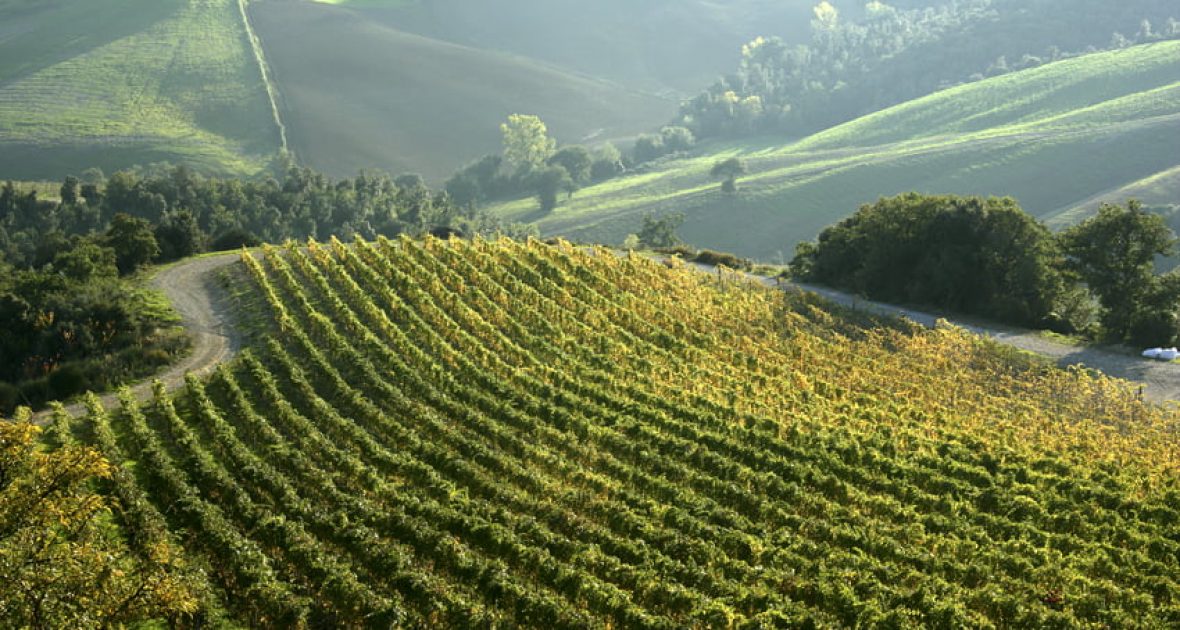What usually happens with any given wine region is this: you grow your grapes, you start producing wine, you build a winery, you hire a couple tour guides, your cousin opens up a hotel and bistro down the street, and then Hollywood comes in and takes over. Your little wine region suddenly becomes a romanticized, fashionable tourist destination dripping with fake nostalgia and cheap souvenirs.
Tourism drives the wine industry (and vice versa). Wine is part of the hospitality business, and it goes hand-in-hand with restaurants, hotels, spas, and the like. It’s all part of the experience, and it helps tiny little villages succeed in ways their grandparents couldn’t even dream of.
But in today’s wine tourism culture, we’ve been shaped by places like Napa, Bordeaux, and Tuscany—destinations that have been glossed over and gussied up to make tourists feel comfortable and pampered while they sip on glasses of whatever their bored waiter wants to get rid of.
This is just as prevalent back home in any given restaurant or retail store—producers worldwide have got our “American palate” dialed in, and are more than happy to manipulate their wines to fit our taste preferences. These wines are charming, easy-drinking and pleasant (even if also banal). There’s nothing wrong with these wines; truthfully, the very fact that there is nothing out of place or different with them is what makes them so likeable.
There are a few places out there, though, that haven’t gone through the tourism ringer just yet. They’re still rough around the edges and haven’t quite learned all their manners, but they’ve progressed just enough in terms of technology and knowhow to make beautiful, unique wines that sing with authenticity of where they come from. One such place is just a stone’s throw away from Chianti and Montalcino, a couple of Tuscany’s most famous wine regions. Officially recognized as a DOCG in only 1998, the tiny region of Montecucco is being heralded as Tuscany’s last unexplored wine region.
Montecucco’s grape vines benefit from being planted at high altitudes on plots of volcanic soil, left over from the now-extinct Monte Amiata volcano. Farming is simple and straightforward here, and most of the top producers (there are only about 70 in all) use only organic or biodynamic farming methods. One of these top producers, Castello ColleMassari, has played an important role in elevating Montecucco’s reputation for fine wines.
ColleMassari is situated in the foothills of Monte Amiata. Growing mainly Sangiovese, they also plant a few acres of the indigenous variety Ciliegiolo (which the local farmers say is their version of Merlot), a little Montepulciano, and a touch of Cabernet Sauvignon. Their most important white grape is Vermentino, followed by Greco bianco. Their state-of-the-art winery, built by famous architect Edoardo Milesi, focuses on “bioarchitecture” and employs various energy-saving strategies. Their vineyards are all certified organic by the Italian organic certification committee ICEA.
Maria Iris and Claudio Tipo, the siblings who own ColleMassari, have succeeded in bringing the technology and experience needed in Montecucco for their wines to turn some heads towards this unassuming little Tuscan sub-region. At the same time, Montecucco’s character and vitality are still very much intact, making it one of Italy’s most exciting wine regions. We’re ecstatic to work with their wines and to share them with you!
The ColleMassari “Rigoleto” is the estate’s entry-level red wine, which contains 70% Sangiovese, 15% Ciliegiolo, and 15% Montepulciano. With only part of the wine seeing aging in used oak, this remains a fresh, lively, medium-weight wine with ripe notes of cherry and red berries on the nose. The palate is soft and inviting with sweet tannins and balanced acidity. Serve this versatile rosso with any part of your meal, from antipasti to the main course.
The “Melacce” is the estate’s white wine, made from 100% Vermentino. Fermentation is done in all stainless steel and aged on the lees for 3 months before bottling, all of which adds to the fresh, aromatic expressions of the Vermentino grape. Melacce is bright and intense on the nose, and the palate follows with ripe orchard and citrus fruits, perfect balance, and a long, mineral-driven finish. Serve this refreshing white with fish dishes, antipasti, or as an aperitif.
The wine world is growing continually smaller with the progression of technology, transportation, and social media, among other things. There’s an ever-growing community of wine lovers who are constantly seeking after new experiences, new wines and more knowledge, and regions like Montecucco are therefore understandably exciting. Cheers to all the unexplored wine frontiers yet to be discovered, and to all those wines yet to be tasted!
*all photos from ColliMassari
